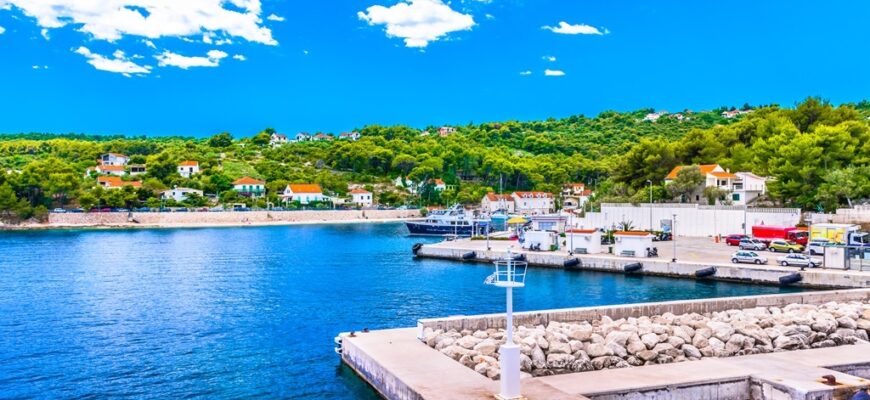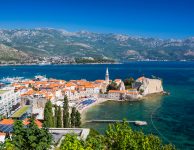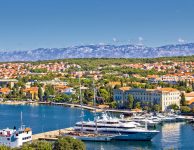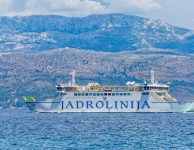Islands Brac and Solta to be connected via the first undersea tunnel in Croatia
It took seven years for the Brac-Solta undersea tunnel project to gain a more substantial status in the Infrastructure Plan of Split-Dalmatia county.
The status change happened in the second and third amendments of the Plan, accepted last December. The project was moved into the network of planned state roads.
According to the plan, on the Soltan side, the entrance to the tunnel would be in Livka, while Milna on Brac would be the other entrance. Of course, the entrance itself would be connected to access roads.
It’s interesting to note that this will be the first undersea tunnel in Croatia and its cost is estimated to be around 50 million €.
-It was our idea, boasted Nikola Cecic Karuzic, Solta’s Mayor.
By connecting to one of Croatia’s largest islands, the mayor said, Solta would get the shortest access to Brac’s airport and with that, a connection to the whole world. In the summer, we would have ferry lines all day long. Currently, we have 6 summer ferry lines and 4 winter lines. Just for comparison, Brac has twice as many ferry lines.
Also, Brac has a few schools, so our children could easily commute there every day by organized transportation.
The tunnel would also have an impact on Solta’s agriculture. Most Soltans do sheep breeding as a hobby while there are over 23 thousand sheep on Brac. They keep them for agriculture, they fence the olive groves, and the sheep sprout thorns,” said Cecic Karuzic and explained:
“It would also have a positive impact on tourism. If there are up to 100,000 tourists on Brač in the summer, imagine what percentage would come to Solta, the flow of people and goods, how many activities could take place here. These are all advantages of connecting with an island that is more developed than us.”
Cecic Karuzic also emphasized that talks on this project have already been held within ministries in charge, and he also announced the imminent start of obtaining documentation.
The financial side would be backed almost entirely with EU funds, counting on a share from Brussels’s treasury of 85 or even 90 percent.
Source: Slobodna Dalmacija






